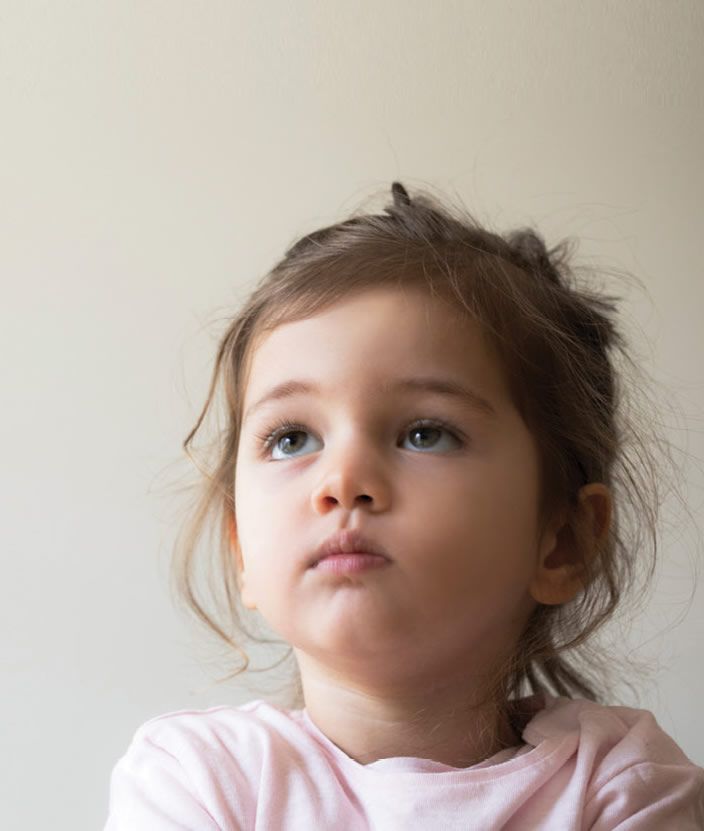
Whenever I run a workshop for early childhood teachers, I describe the kind of child who is the focus of my psychological research and clinical practice. I give examples such as “the child who always says ‘no’ or asks ‘why?’ when you give an instruction” or “the child who annoys other people on purpose”. I describe a child who is quick to anger, starts fights, breaks things. The liar and the thief. The rule breaker.
During this introduction, I invariably notice my audience begin stealing glances with their colleagues. They start mouthing names to one another and get fervent nods in return. When I ask if anyone has worked with children like that, the chorus of affirmations is resounding. This lets me know I’m in the right place. If understanding and managing this kind of child were easy, there wouldn’t be a need for a workshop.
Here’s the thing: anyone who works with children knows this child. The easiest way to describe them? They are hard work.
In clinical psychology research, we describe the difficult children as having disruptive behaviour problems. I am working to understand and help this group of children and the people around them. Which begs the question: what’s the key to working effectively with hard children?
Recognise complexity
The first key to working with children with disruptive behaviour problems is to recognise that not all disruptive children are created equal. Although professionals use labels such as “oppositional defiant disorder” and “attention-deficit/hyperactivity disorder”, it is unhelpful, not to mention unscientific, to assume that two children with a single label experience the same difficulties for the same reasons. In fact, we know that children with disruptive behaviour problems are a mixed bag.
A considerable portion of my research is dedicated to understanding how some disruptive children differ from others. Scientists have tried various methods of dividing a group of disruptive children into smaller, more homogenous subgroups. This is essentially taking the mixed bag and separating it into smaller bags filled with the same kind of stuff.
I’m most interested in a subgroup of disruptive children who not only show the defiance and rule breaking typical of disruptive behaviour problems, but who also have limitations in their ability to experience “moral emotions”.
Moral emotions are the feelings we typically experience as accompanying our conscience. Guilt – that aversive feeling we get when we break a rule or hurt someone – is a moral emotion. Empathy is another – recognising and taking on the feelings of someone else. We start seeing evidence of moral emotions early in child development, often as young as two years. These emotions are important because they motivate moral behaviour. They function as an internal ‘stop gap’ against breaking rules and can motivate reparative behaviours when rules get broken.
The moral emotions of many disruptive children are fully intact. In response to their angry outbursts or aggressive behaviour, they often feel shame and remorse. They can be kind and caring to others. However, the development of moral emotions can sometimes go awry. When disruptive behaviour co-occurs with underdeveloped moral emotions, the disruptive behaviour problems are often more severe and longer lasting than for other children. This makes sense: if I don’t feel guilty after punching you and I don’t empathise with your distress, I’m unlikely to care about doing it again.
The upshot is that this subgroup of disruptive children is at the greatest risk of long term problems and thus is most in need of intervention. However, some research shows that children with disruptive behaviour and underdeveloped moral emotions gain significantly less benefit from interventions than others. We think this is because interventions don’t usually address the unique characteristics of this subgroup.




































































































































